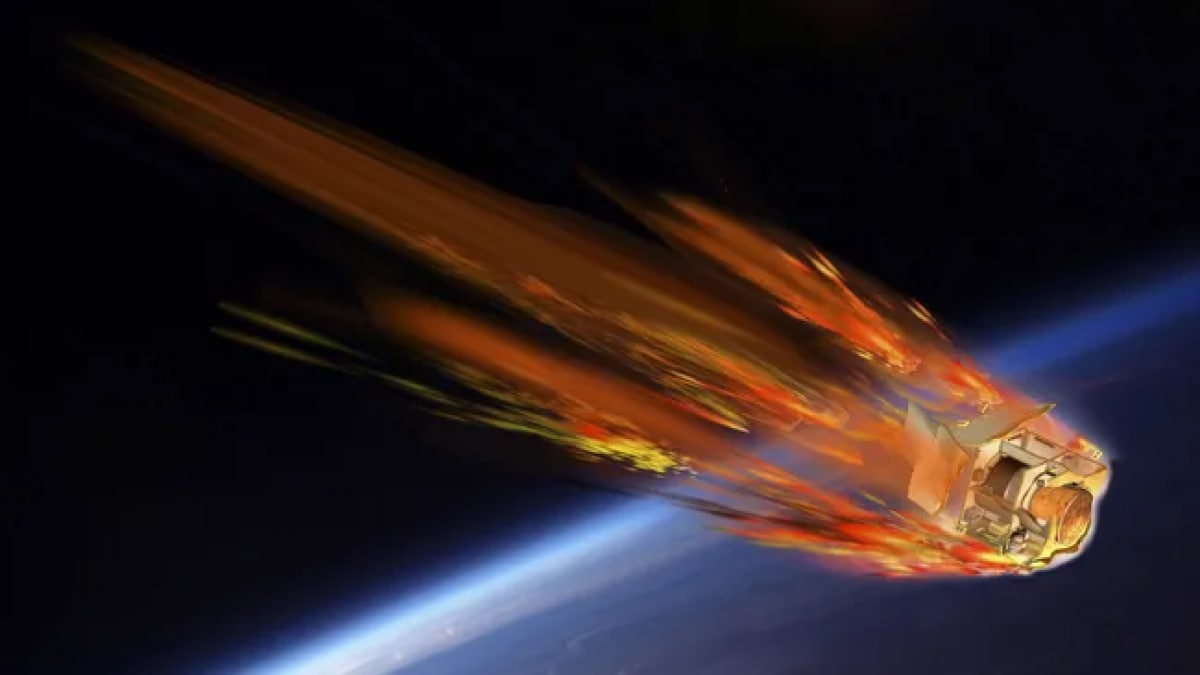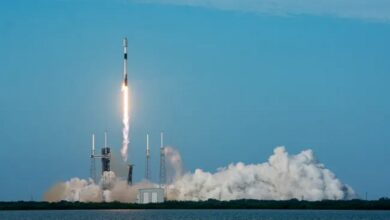For this reason, ESA will burn down the DRACO satellite in 2027

The European Space Agency (ESA) is preparing to launch a unique satellite in 2027, specifically designed to study how satellites break up upon reentry into Earth’s atmosphere. This mission, called DRACO (Destructive Reentry Assessment Container Object), will be an important step in ESA’s efforts to develop technology that limits the creation of space debris. ESA has awarded the contract to Deimos, a European technology company, to build this spacecraft, which will provide valuable data if it disintegrates during its return. This data will help scientists better understand satellite disintegration and its impact on the environment.
Understanding satellite breakup
The goal of the DRACO mission is to collect data on how satellites disintegrate during their reentry. By studying this, researchers aim to design future satellites that will burn up completely during their reentry, reducing the risk of debris reaching the Earth’s surface. The mission will too to research how spacecraft reentry affects the atmosphere, including how different materials interact with it and what byproducts are produced.
Innovative DRACO design
At 200 kilograms, DRACO will be about the size of a washing machine. Its design allows it to disintegrate like a normal satellite, but a specially designed capsule will survive the reentry. This capsule, which measures 40 centimeters, will contain four cameras and 200 sensors to capture crucial data during the breakup. Upon return, it will deploy a parachute and relay the information it has gathered before it is lost at sea.
Advancing Zero Debris Technology
According to ESA Head of Space Safety Holger Krag, the DRACO mission will play a key role in the development of future satellite technology. The data it collects will be used to build more decommissionable satellites by 2030, in line with ESA’s Zero Debris Charter, which aims to stop the creation of space debris within this decade.
Tim Flohrer, head of ESA’s space debris office, also emphasized the importance of the mission in helping to advance zero-debris technologies, especially as the number of satellite launches continues to increase worldwide.




